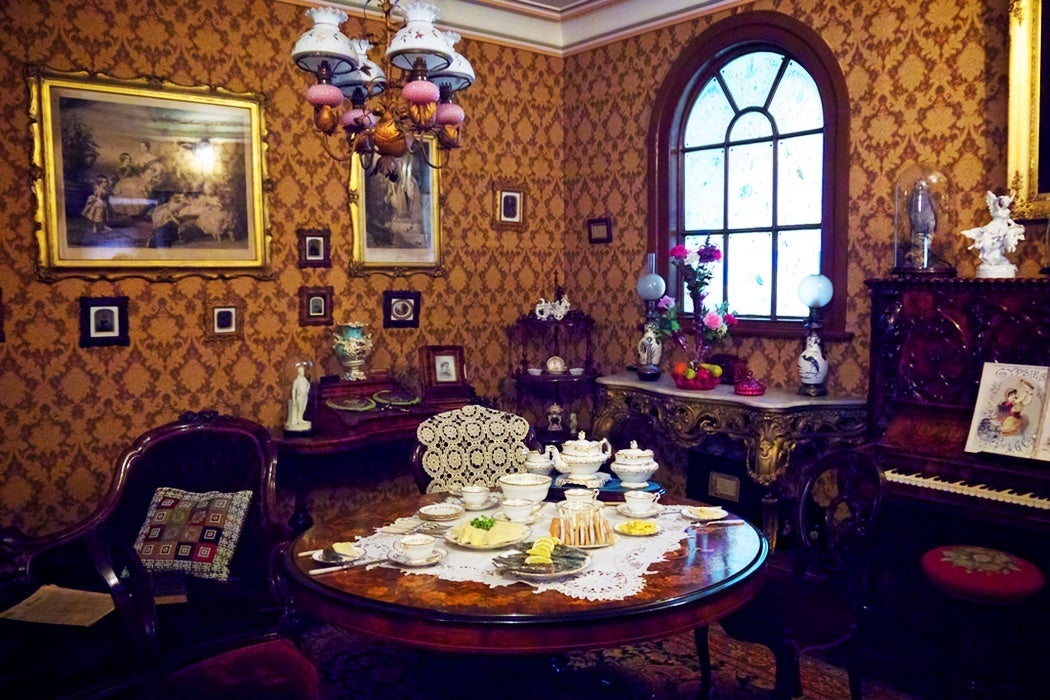For many plant-obsessed Victorians, summertime meant more than the opportunity to don lighter fashions and indulge in well-mannered picnics outdoors. For many, it was a chance to indulge the era’s strange fascination with nature, which spanned from pressing flowers into ornate herbariums to risking one’s life chasing fern specimens. But as Ann B. Shteir writes, nature also found its way indoors with the help of wax flower models—a cultural phenomenon enjoyed by ladies with social ambitions.
The idea behind wax flower modeling was simple: Women rolled and shaped wax into lifelike flowers with the help of guidebooks. The practice was just one of the many “accomplishments” a young lady could cultivate, writes Shtier—harmless, uncompensated leisure activities that showcased women’s skills and social status.
Wax modeling didn’t just appear in the drawing room. Rather, it became its own industry, spurring technological advancements in wax production and creating a business in ready-made flower parts that could be combined by crafty women. The floral models that ensued were so spectacular, they were even featured at the seminal 1851 Great Exhibition, where art and industry coexisted and were showcased to all of England.
But why were the Victorians so obsessed with this practice? It was linked to the popularity of wax in both scientific and pop culture applications of the day. Wax models were used to teach anatomy and prepare doctors for research; they were also used to titillate and scare Victorian audiences through waxworks like Madame Tussaud’s. In wax flower modeling, these fascinations were combined with the era’s obsession with both nature and naturalism—“the culture of the copy.”
Wax modeling itself became an avenue through which some women claimed both fame and money. “Taking versions of the plant as specimens of self-hood,” Shteir concludes, “Victorian practitioners of wax modeling can be seen as working to model themselves…to craft their own works of industry within the mid-century cultures of art and natural history.”







